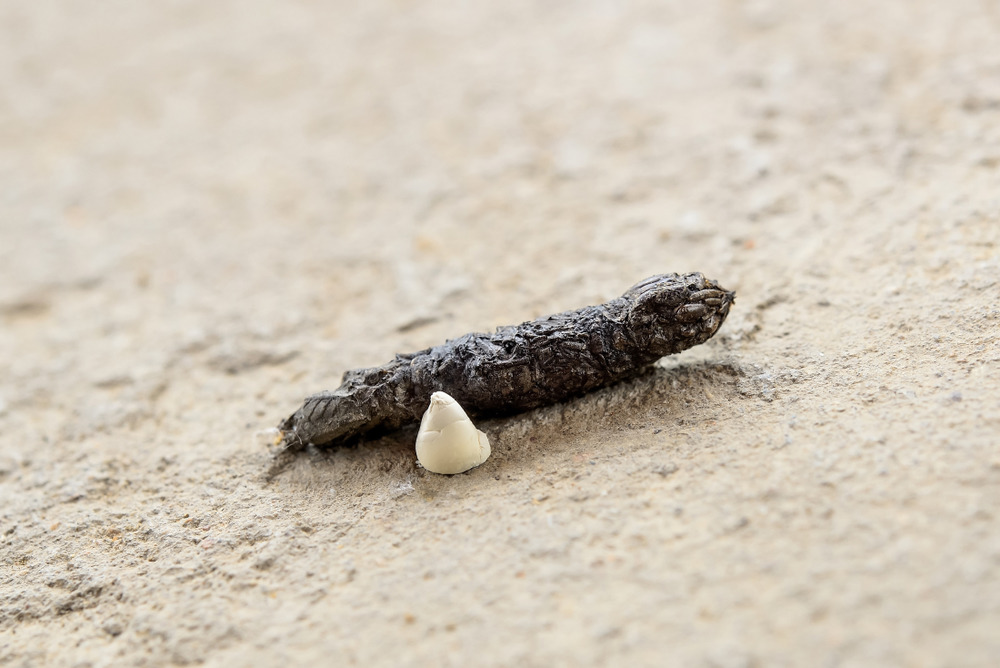


The most unique mammalian characteristics is the presence of milk-producing glands (mammary glands) by which the young ones are nourished. It does not store any personal data.Hint: Echidna and platypus both belong to the class Mammalia. The cookie is set by the GDPR Cookie Consent plugin and is used to store whether or not user has consented to the use of cookies. The cookie is used to store the user consent for the cookies in the category "Performance". This cookie is set by GDPR Cookie Consent plugin. The cookie is used to store the user consent for the cookies in the category "Other. The cookies is used to store the user consent for the cookies in the category "Necessary". The cookie is set by GDPR cookie consent to record the user consent for the cookies in the category "Functional". The cookie is used to store the user consent for the cookies in the category "Analytics". These cookies ensure basic functionalities and security features of the website, anonymously. Necessary cookies are absolutely essential for the website to function properly.

They do not depend on the temperature fluctuations to determine their body temperatures. Besides, platypuses possess other mammalia characteristics such as being warm-blooded. When an animal feeds their young ones with milk from their mammary glands, they are automatically classified as a mammal. The platypus does not have nipples, but milk comes through small openings in the skin. The mother makes milk for the new babies. When the babies come out of the eggs after about ten days, they hold on to the mother. There are only two egg-laying mammals on the planet: the duck-billed platypus and the spiny anteater (or echidna). Monotremes are the only mammals that lay eggs. Is the platypus the only mammal that lays eggs? Animals are categorised by diagnostic characters. Mammals are defined as such if they produce milk, bit there are three types of mammals: placental mammals (e.g. Why do platypuses lay eggs if they are mammals?Ī platypus lays eggs because they are monotremes. And who’s really that surprised? The platypus is a weird mammal for a whole lot of reasons its super nutritious milk is the icing on the quirky cake that is this half-duck/half-otter monotreme. If its appearance alone somehow fails to impress, the male of the species is also one of the world’s few venomous mammals! Can you milk a platypus?Īustralian biologists have discovered that platypuses might produce some of the healthiest milk out there.

The platypus is a duck-billed, beaver-tailed, otter-footed, egg-laying aquatic creature native to Australia. The platypus is a remarkable mammal found only in Australia. These odd “monotremes” once dominated Australia, until their pouch-bearing cousins, the marsupials, invaded the land down under 71 million to 54 million years ago and swept them away. Only two kinds of egg-laying mammals are left on the planet today-the duck-billed platypus and the echidna, or spiny anteater. Is the duck-billed platypus the only mammals lay eggs? This feeding system is thought to be linked to its antibacterial properties, according to the scientists. They don’t have teats, instead they concentrate milk to their belly and feed their young by sweating it out. Platypus are monotremes – a tiny group of mammals able to both lay eggs and produce milk. As for us mammals, only two types lay eggs: the duck-billed platypus and the echidna. The reason that odd, egg-laying mammals still exist today may be because their ancestors took to the water, scientists now suggest. The platypus, found only in Australia is one of the five mammal species of that lay eggs instead of giving birth to live young. Why do platypus lay eggs if they are mammals? 6 Why is a platypus considered a mammal?.3 What is the only mammal that lays egg?.1 Why do platypus lay eggs if they are mammals?.


 0 kommentar(er)
0 kommentar(er)
